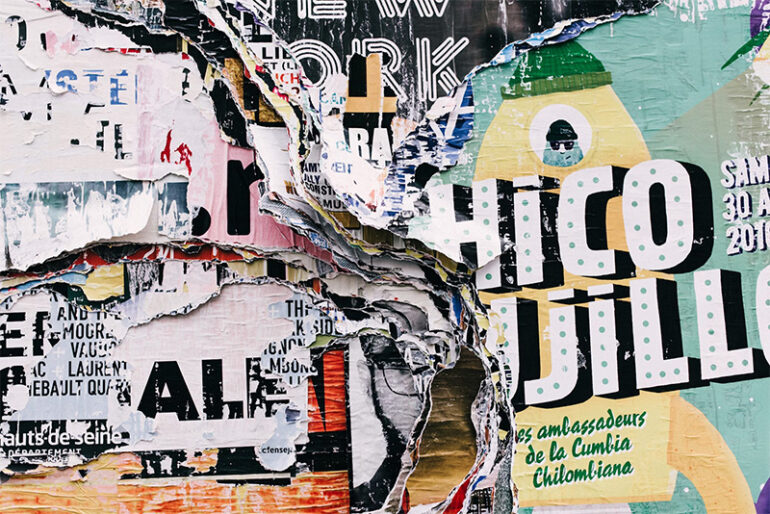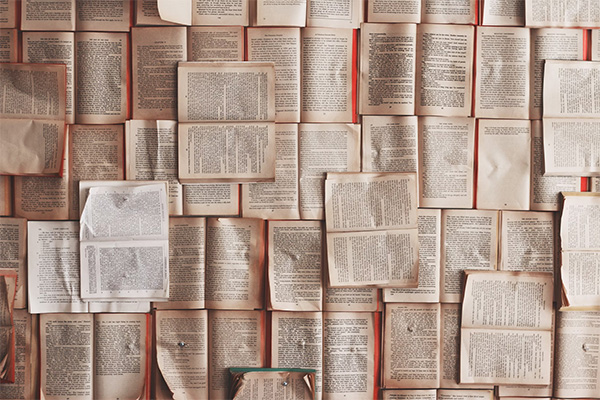From its early 20th-century origins, collage—an artistic media combining several materials and forms—has developed into a dynamic tool reflecting the multifarious character of modern life. Artists create visual stories that challenge ideas and urge viewers to investigate deeper meanings by combining diverse components. This method is a relevant and interesting means of expression in the modern art scene since it not only highlights the creative inventiveness but also provides a strong reflection on cultural and social concerns.
Historical Roots of Collage
Originally developing in the early 20th century, collage evolved into a new artistic method questioning conventional ideas of portrayal. Pioneers in this technique, artists like Pablo Picasso and Georges Braque combined several materials—including newspaper clippings, cloth, and images—into their works. Reflecting the complexity of modern life, this creative approach let for a dynamic interaction of textures and meanings. Including commonplace objects not only blurred the boundaries between art and reality but also pushed spectators to interact with the work on a deeper level, therefore promoting personal interpretation and emotional resonance.
Techniques and Materials in Collage
Often mixing paper, fabric, photos, and found objects, artists use a range of materials and techniques to produce striking collages. A basic habit, layering lets one create depth and complexity as many pieces interact aesthetically and thematically. While digital technology have opened avenues for manipulation and integration, adhesives, scissors, and cutting tools are absolutely vital in determining the final composition. Every work of art is a different investigation of concepts since color, texture, and scale are carefully studied to arouse emotions and transmit messages. Materials’ adaptability encourages creativity and helps artists to convey their stories in several angles.
Symbolism and Interpretation in Collage
Every component of a collage functions as a possible symbol, allowing viewers to separate levels of meaning. Different materials might be used in opposition to one another to portray opposing feelings or social concerns, therefore encouraging personal interpretation. For example, the incorporation of antique pictures could inspire nostalgia; strong colors can convey turmoil or haste. Many times, artists use cultural references to let viewers relate to their own viewpoints and experiences. This open-ended character promotes communication since the interaction of pictures and textures creates a complex tapestry of stories, therefore transforming every viewing into a different trip across the artist’s intention and the viewer’s imagination.
Contemporary Applications of Collage
Modern artists keep investigating collage and modify its ideas to fit modern technologies and subjects. Emerging as a popular media is digital collage, which lets images and effects seamlessly combine to extend creative possibilities. Social media channels provide fresh canvases where artists interact with worldwide viewers and present their work. Collage also finds great use in graphic design and advertising, so combining art with business purpose. This development emphasizes the importance of the method since it still is a potent instrument for commenting on identity, culture, and the complexity of the human experience in a fast changing environment.
Beyond its historical roots, collage has evolved into a flexible and energetic means of expression relevant in many fields. Artists expressing the complexity of modern life by combining several materials and techniques continue to challenge views and inspire discussion. This continuous development guarantees the continuing relevance of collage in both artistic and commercial spheres as well as maintaining its core as a vehicle for personal and social inquiry. Collage is still a significant means of creation and connection in an always changing cultural scene as artists challenge limits and reinvent stories.
Photo Attribution:
1st & featured image by https://unsplash.com/photos/closeup-photo-of-torn-papers-yu68fUQDvOI
2nd image by https://unsplash.com/photos/open-book-lot-Oaqk7qqNh_c

